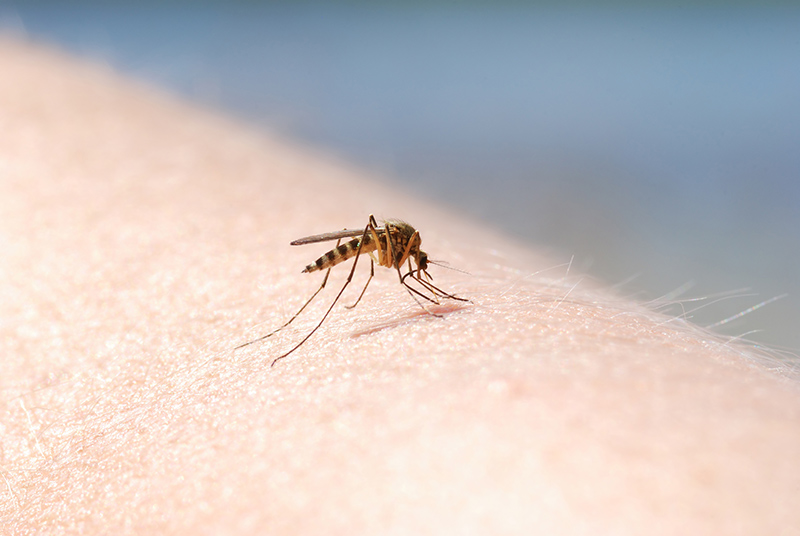Malaria is a potentially life-threatening disease caused by parasites transmitted through the bites of infected female Anopheles mosquitoes. Despite being preventable and treatable, malaria continues to pose a significant global health challenge, particularly in tropical and subtropical regions. Understanding the essential facts about malaria, including prevention strategies and treatment options, is crucial for reducing the burden of this disease.
What is Malaria?
Malaria is caused by protozoan parasites of the genus Plasmodium. There are five species of Plasmodium that infect humans, with Plasmodium falciparum and Plasmodium vivax being the most common. Malaria is transmitted to humans through the bites of infected Anopheles mosquitoes, which are most active between dusk and dawn.
Symptoms of Malaria
Malaria symptoms can vary depending on the parasite species and the severity of the infection. Common symptoms include:
- Fever: High fever is a hallmark of malaria, often occurring in cycles.
- Chills and Sweats: Patients may experience intense chills followed by sweating.
- Headache: Severe headaches are common.
- Muscle and Joint Pain: Muscle aches and joint pain can accompany the fever.
- Nausea and Vomiting: Gastrointestinal symptoms such as nausea and vomiting may occur.
- Fatigue: Extreme tiredness and weakness are frequent.
In severe cases, malaria can lead to complications such as anemia, cerebral malaria, and organ failure, which can be life-threatening.
Prevention of Malaria
Effective prevention is crucial for controlling malaria, especially in high-risk areas. Key prevention strategies include:
- Mosquito Control: Reduce mosquito exposure by using insect repellent, wearing long-sleeved clothing, and using mosquito nets. Indoor residual spraying and larviciding can help control mosquito populations.
- Antimalarial Medications: For travelers to endemic areas, taking prophylactic antimalarial drugs as prescribed by a healthcare provider can reduce the risk of infection.
- Environmental Management: Eliminate standing water where mosquitoes breed, such as in old tires, buckets, and other containers.
- Vaccination: The RTS,S/AS01 malaria vaccine (Mosquirix) is available for children in some regions and can provide partial protection against Plasmodium falciparum malaria.
Diagnosis of Malaria
Accurate and timely diagnosis is essential for effective treatment. Diagnostic methods include:
- Microscopy: Examination of blood smears under a microscope to detect malaria parasites.
- Rapid Diagnostic Tests (RDTs): Tests that detect specific malaria antigens in blood samples. RDTs provide quick results and are useful in areas where microscopy is not available.
- Polymerase Chain Reaction (PCR): A molecular test that detects malaria DNA. PCR is highly sensitive and specific but is often used in research settings.
Treatment of Malaria
Treatment depends on the parasite species, the severity of the disease, and the patient’s health status. Common treatments include:
- Artemisinin-Based Combination Therapies (ACTs): ACTs are the first-line treatment for uncomplicated Plasmodium falciparum malaria. They combine artemisinin derivatives with other antimalarial drugs to improve efficacy and reduce resistance.
- Chloroquine: Used to treat Plasmodium vivax and Plasmodium ovale infections. It is effective for uncomplicated malaria but may require additional treatment to prevent relapse.
- Primaquine: Administered to eliminate the liver stages of Plasmodium vivax and Plasmodium ovale, preventing relapse.
- Severe Malaria Treatment: Patients with severe malaria require hospitalization and intravenous antimalarial medications, such as intravenous artesunate.
Challenges in Malaria Control
Despite advances in prevention and treatment, several challenges persist:
- Drug Resistance: Resistance to antimalarial drugs is an ongoing issue, particularly in Southeast Asia. Continued monitoring and research are needed to address this problem.
- Access to Healthcare: In remote and underserved areas, access to diagnostic and treatment services can be limited.
- Climate Change: Changes in climate can affect mosquito breeding patterns and alter the distribution of malaria.
Conclusion
Malaria remains a significant global health concern, but understanding its essential facts and implementing effective prevention and treatment strategies can help reduce its impact. By controlling mosquito populations, using prophylactic medications, and seeking timely diagnosis and treatment, we can combat malaria and work towards a future where this disease is no longer a threat.
Keep an eye for more latest news & updates on Essential Tribune!








